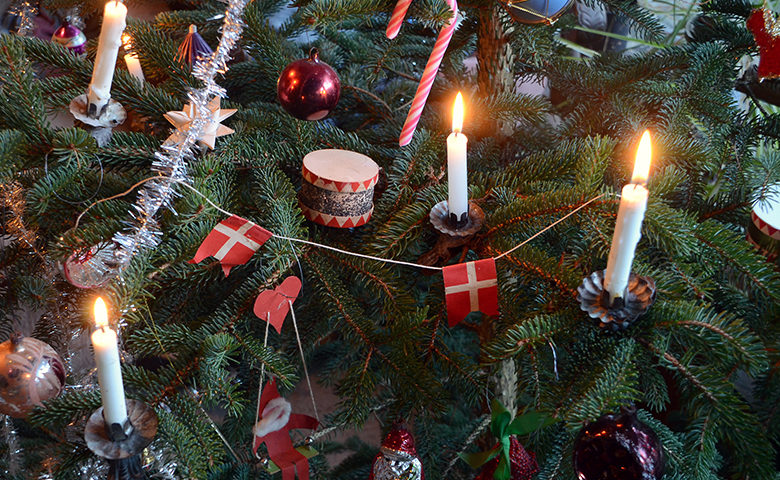The holiday season comes with a lot of glittering decorations and lights. And there are few sights as lovely as a Christmas tree lit up in a darkened room. But as with most things, there are safety issues regarding Christmas trees—especially with the possibility of fires, which can be caused by faulty electrical wiring, a nearby open flame, or the wrong type of decoration that heats up on a dried-out tree.
The real risks
In addition to the usual fire-risk suspects, there is a new hazard making a come-back with renewed strength each season: real candles on Christmas trees and wreaths. Natural, flickering lights on a tree can look quite appealing and people who use real candles in holiday decorations probably think that they will be safe if they take the right precautions.
But fire and trees—whether they’re real or artificial—don’t mix. Every year, Christmas trees are the cause of multiple fires, taking lives, destroying families and ruining properties. And every year, public bodies and charities try to remind people of the risks.
Making it festive and safe
When a fire starts, Christmas trees can become completely engulfed in mere seconds, so putting any kind of open flame next to them is irresponsible. There are basic precautions that can and should be taken in every home and business to prevent tree fires.
Here are some tips, taken from an informative holiday safety brochure:
- Never put real candles on your Christmas tree.
- Keep real trees watered to avoid drying out—brown, dead needles are much more flammable.
- Don’t try to dispose of your tree by putting it in the fireplace.
- Don’t place your tree close to a heat source.
- Use lights with a UL safety certification.
- Consider using LED holiday lights as they consume less power and create less heat.
- Inspect the lights to ensure they are not frayed or torn.
- Never use electric lights on a metallic tree.
- Always have a fire extinguisher on hand in the event a small fire does break out.
What can employers do?
It’s hard to imagine anything bad could happen over the holiday season but the statistics speak for themselves. Companies should remind employees about the dangers of candles and share other home fire safety advice to show their concern for employee safety 24/7.
Organizing a winter safety meeting or presentation will give safety professionals an opportunity to highlight the season’s most common hazards and provide workers with information and tools that could help them keep their families safe.
Finally, organizations should also share information on how to create a home emergency plan. This will help them ensure that their employees come back to work safe and sound every day, not only after the winter break.

